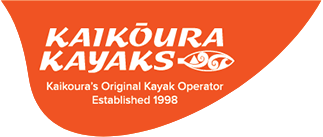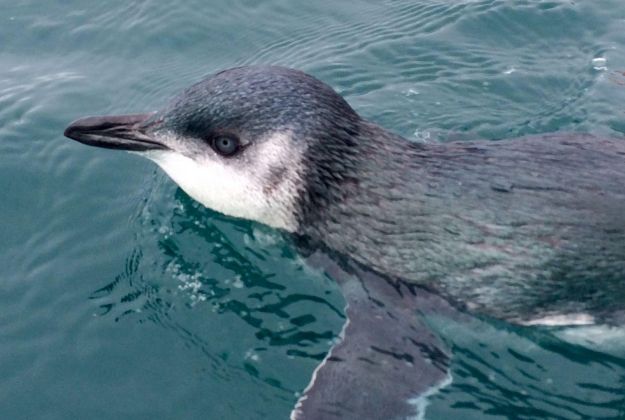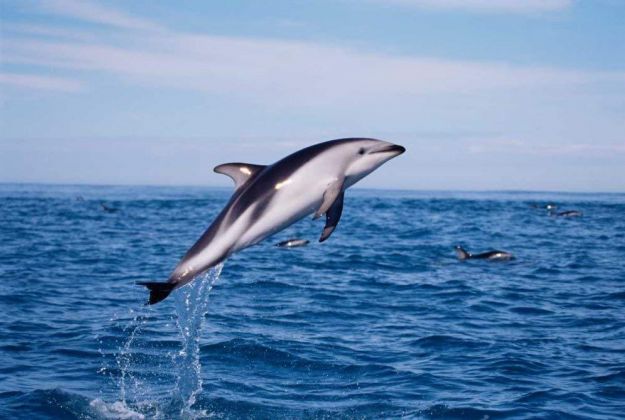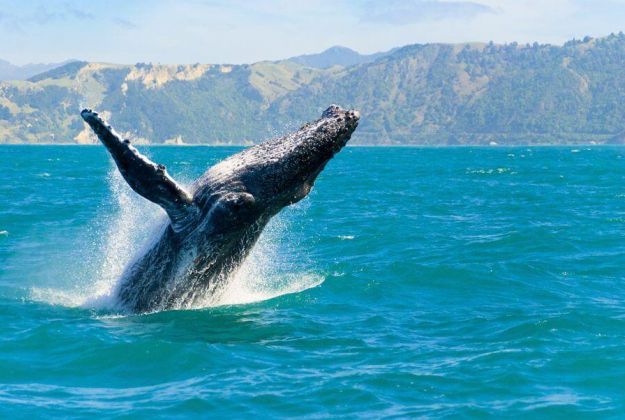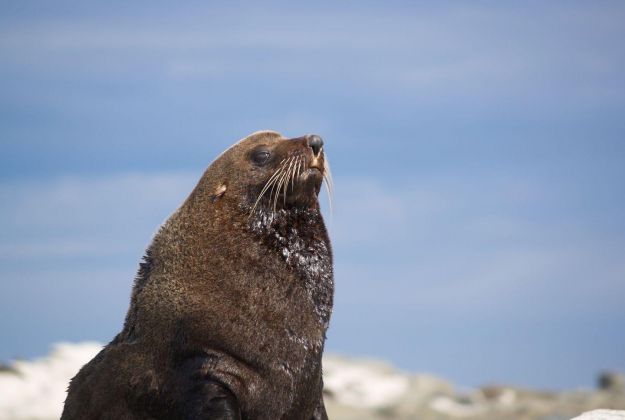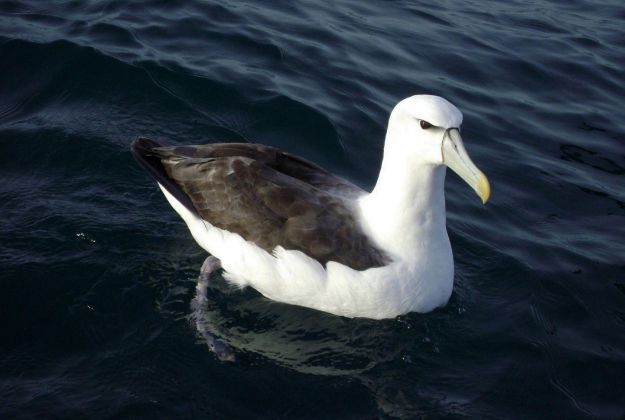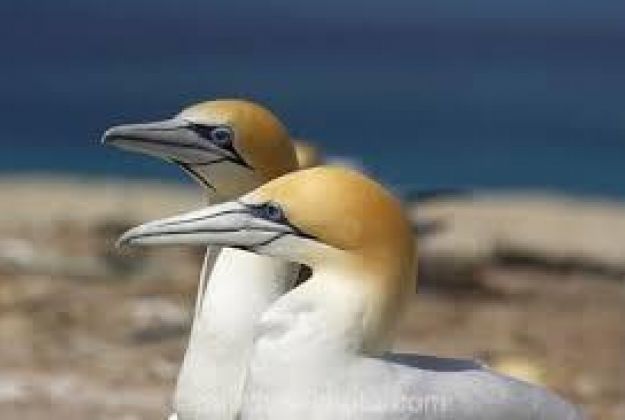Their plumage is slate-blue with a bright white belly. They are found around most of New Zealand's coastline and in southern Australia.
Like all penguins they cannot fly, but their paddle-like flippers are excellent for flying through the water.
Blue penguins forage for food up to 25 km offshore and 70 km from the colony. They can reach speeds of up to 6 kph underwater.
Little Blues only come ashore under the cover of darkness and live underground in burrows, natural holes, or under human structures or buildings.
The population and range of the blue penguin has been declining in areas not protected from predators. Where predator control is in place, populations are stable or increasing.
Why and when they come ashore
Adult birds come ashore between May and June to prepare nests. This small bird may waddle up to 1.5 km from the sea, and climb 300 metres to find the perfect nest site.
Traditional nests are in underground burrows, under vegetation, in crevices, between rocks or in caves. Since people came onto the coastal scene, little blue penguins have also taken to nesting under houses and boat sheds, in stormwater pipes, and stacks of timber.
Usually two eggs are laid from August to November. Young chicks are generally not left alone until three weeks old, and then both parents are kept busy bringing in food. After about eight weeks the chicks are ready to fledge and fend for themselves
Independent once again, parents stock up on food before coming ashore to shed their feathers and grow a new waterproof coat.
The moult lasts about two weeks and can happen any time between November and March. The penguins are especially vulnerable at this time as they cannot swim.
Facts about Little Blue Penguins
- World's smallest penguins, height 25 centimetres, weight 1 kilogram
- Live in New Zealand and southern Australia (where they are known as fairy penguins)
- Superb swimmers, deepest dive recorded in New Zealand is 35 metres
- Hunt visually, eating mostly squid and small fish
- 1-2 eggs laid in spring and incubated for 36 days
- One parent incubates the eggs while the other feeds at sea
